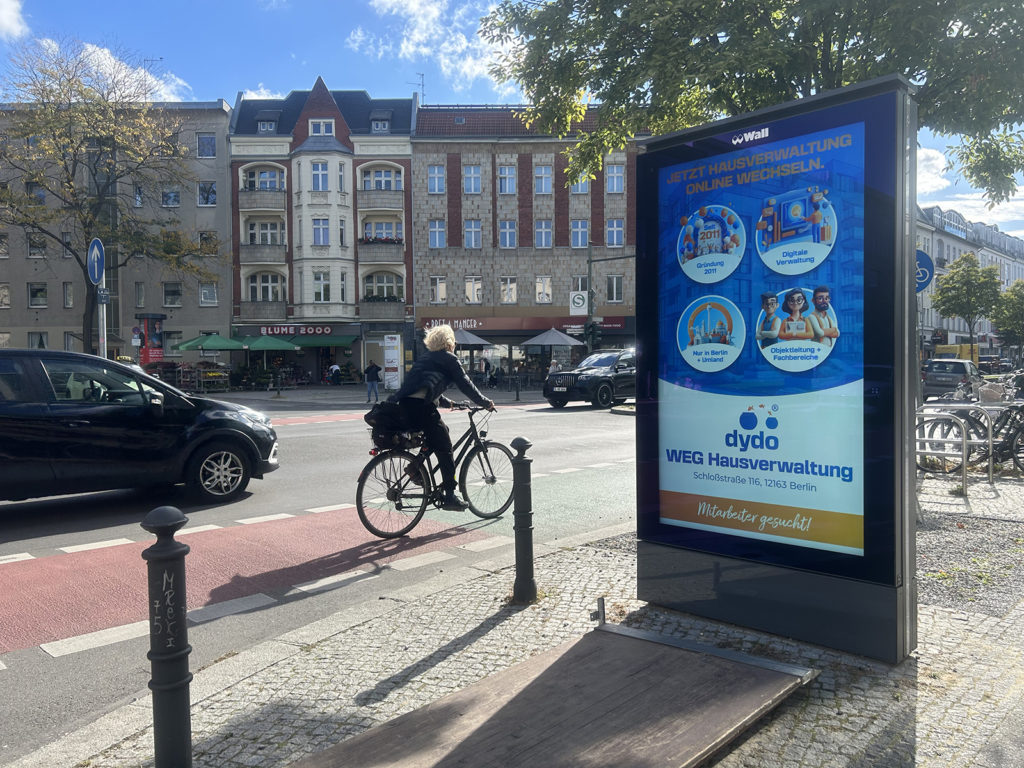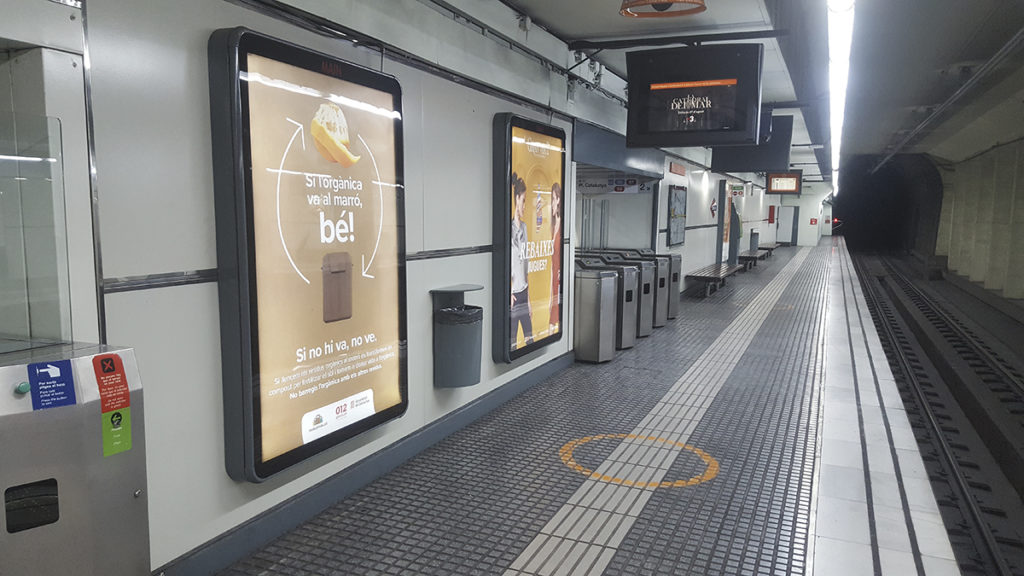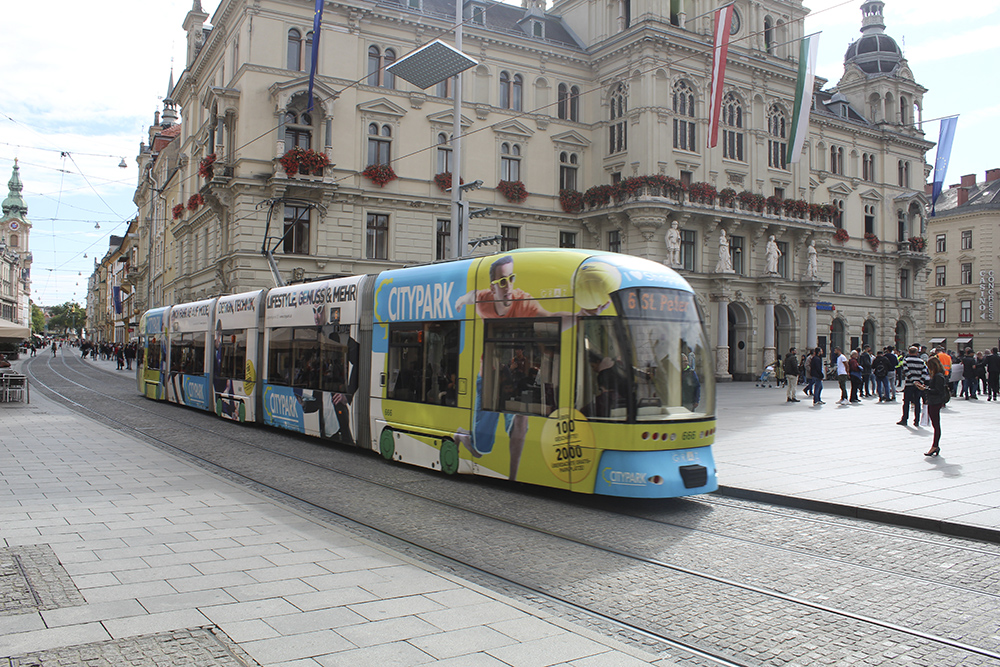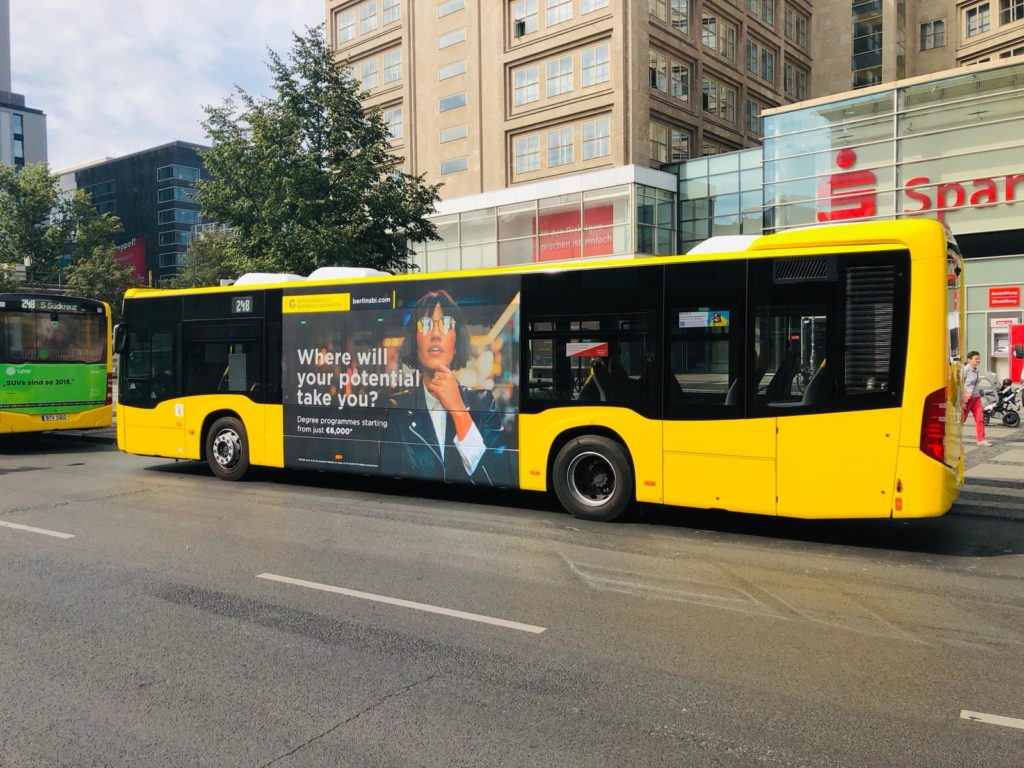Digital Media Booking:
Digital media can be booked via digital platforms. This automated process aims to ensure that advertising spaces can be purchased and displayed in the shortest possible time. However, in practice, it’s not quite that fast. Detailed planning takes time since each location can be planned individually. The more detailed a system is, the more complex its operation becomes. Additionally, every design must be approved before it is broadcast, which can also take a few hours.
Setting Filters:
It’s not just about selecting individual locations; filter options make programmatic booking an exciting field. You can apply various filters to reduce scatter losses. These could include sociodemographic characteristics, time slots, temperature settings, and more. However, be cautious: every filter costs money, and your savings compared to traditional networks may dwindle.
Costs:
The costs vary and depend on several factors. Here are some key aspects that influence the price:
- Location: Popular and busy locations are generally more expensive.
- Formats: Different screen formats may have different price points.
- Campaign duration.
- Bidding strategy: Programmatic advertising often uses an auction system where advertisers bid for impressions. The bid amount can impact costs.
Platform:
Not every internet platform lists all digital media, and not all platforms have the same prices. The platform also charges a fee for its programmatic service. As a first step, check whether the most important media are listed on the platform. Are all the digital media in your desired city included, or are key locations like airports, train stations, and shopping centers missing?
Target Group Filtering:
Precisely targeting the travel-loving bachelor or the heavily pregnant woman is still a stretch for outdoor advertising—and that’s not its goal. Outdoor advertising is akin to a political election: high reach within the core target group with a few outliers on the margins. Unlike online search advertising, where keywords can narrow down the target audience with precision, programmatic planning offers some useful possibilities.
Here are some examples:
- The target group can be filtered by age, gender, interests, and geographic location. For example, consider women’s fitness areas or locations near museums and theaters.
- Time of day can provide insights into target audiences.
- Behavioral targeting can help refine the audience.
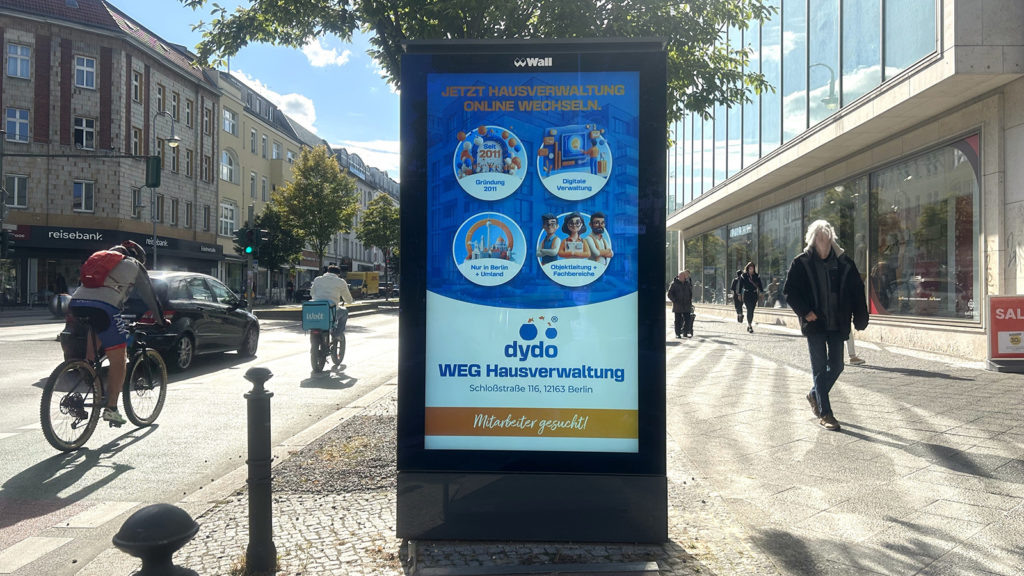
Programmatic planning and booking are the future. It’s best to test a campaign.


